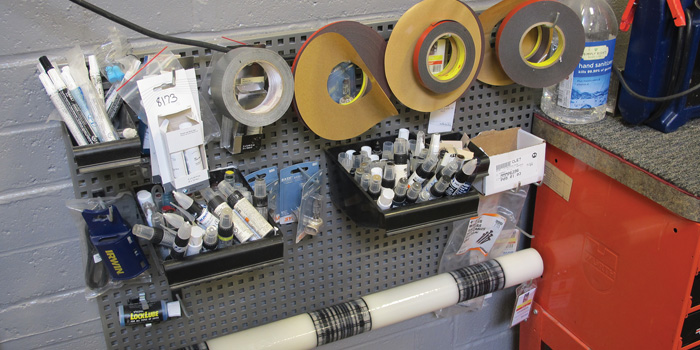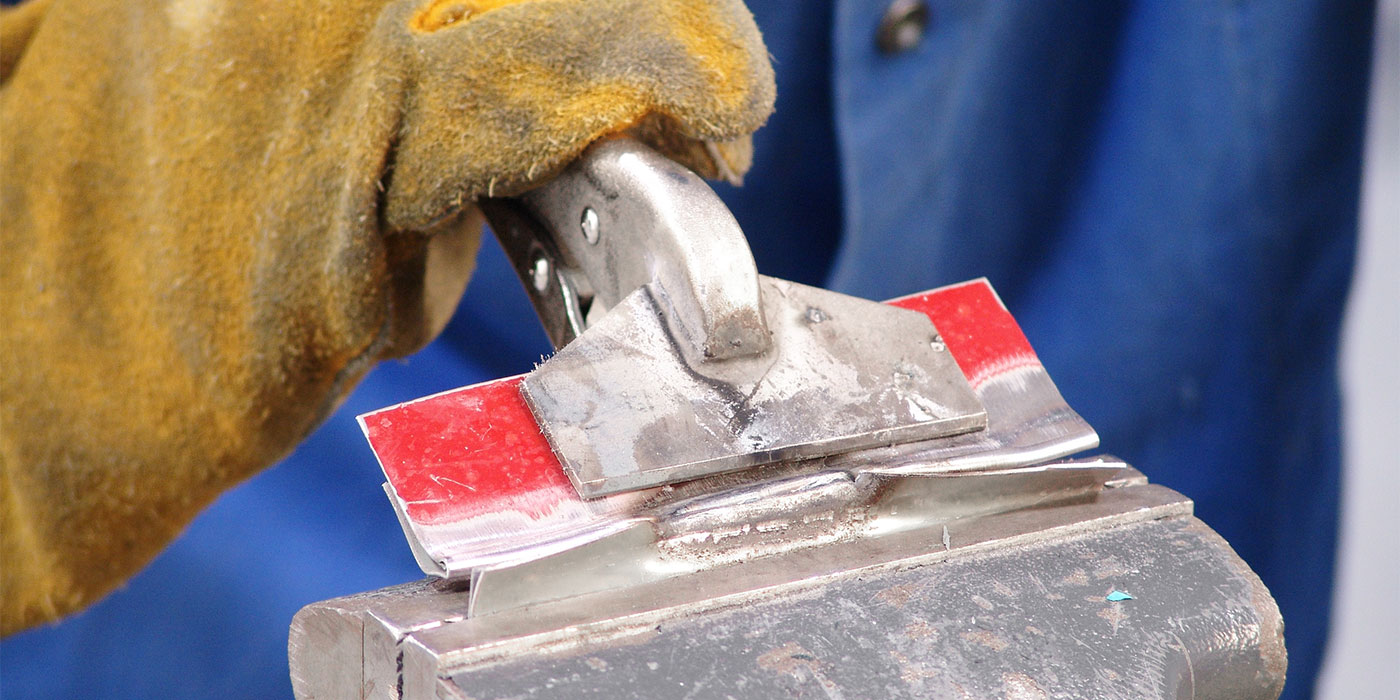
When asked to write about some top tips to tell shops, I surveyed some shops and industry folks and found their answers to be both enlightening and confusing.
The first thing I discovered is that most of what they said is all opinion based on a shop’s level of training. It’s also based on a shop’s abilities and equipment, as well as if office staff and technicians are on the same page as far as training. If a shop has sent techs to training such as I-CAR and not estimators or managers, then there’s a huge difference in that opinion.
Before we get into the tips, I want to come to an understanding on a few things:
- The only time a technician is making money is when they’re working on a vehicle.
- The shop makes money when a technician is working on a vehicle.
- Cycle time only improves when a technician is steadily working on a vehicle.
“Fuddle time” is the time a technician wastes looking up instructions or chasing parts and supplies. Notice I said looking “up” instructions, not “at.” Looking at is a great tip for all technicians, in that looking at instructions reduces fuddle time and improves speed and quality of work.
So I decided to break down the tips into “procedural tips” and “technician tips.” This will produce a more comprehensive list and will also help settle some opinions.

I received so many tips that I could spend a day just listing them and still miss some of the best. So here is a list, and keep in mind they’re not necessarily in order of best to last.
Procedural Tips
- Check the P-pages for included and not included operations. So many shops assume that procedures or parts are included in operations that aren’t, which leads to confusion and frustration for all. Identify all one-time-use fasteners and order them.
- Use ALLDATA or other sources for procedures. I have to admit, I wonder how people can estimate properly if they don’t know the instructions to do the repair. Print out procedures and send them with the vehicle to technicians.
- Check required electronics recalibrations. This is a major point. So many procedures, such as recalibrating front seats, go undone. Just because there is no DTC light on or code does not mean you do not need to recalibrate. The new electronics on vehicles will surprise you as far as what and when a system needs recalibration. The glass industry is in flux over recalibrations required after glass replacement or R&I of windshields equipped with A.D.A.S. Schedule sublets accordingly.
- Identify welding procedures and the shop’s capabilities. Does your shop have an STRSW machine? Can you MIG braze (Honda)? This will make a big difference in how or if you can repair the vehicle correctly. This can also make a difference in repair time.
- ID all metal types for repair. Know the repairability of steels and what can be repaired vs. replaced. Learn kink vs. bend rules, and be sure to follow all guidelines on sectioning. If there are no guidelines, replace the entire part as needed. Establish shop procedures and differences in repairing aluminum.
- Check and measure vehicle frame specs in pre-op to avoid wasting time later. Get specifications before putting the vehicle on the frame rack. Check your updates.
- Identify refrigerant in AC systems and determine if it can be done in-house or will need to be subletted to a dealer.
- Set up morning meetings to discuss what needs to be done that day and plan for the next day, too. Always be proactive, not reactive. When vehicles such as hybrid electrics arrive, take time to look up all disable procedures and repair procedures. Technicians will need to know these, and times will need to adjust.
- Train. Training keeps everyone on the same page and saves time and money. The I-CAR classes go a long way toward helping inform all attendees. Be sure your management personnel also take courses.
Note that I put high importance on checking to see what needs to be recalibrated. This is something I see shops consistently failing to do as no one is looking up procedures required after a collision.
Technician Tips
- Disconnect the battery when working with any tools that can damage electronics or removing any electronic components. Look at the owner’s manual in the glove box for directions to not set radio codes under Battery Replacement. This includes welders and dent pullers. Keep tools with batteries and cellphones out of the area where you’re welding with STRSW.
- Tape the ends of vice grips to prevent interference when welding with STRSW. Also, use proper clamps on metals such as aluminum and steel.
- Always clean and maintain welders. Learn to properly maintain them; don’t just bang the tips. It costs shops time and money when welders are not maintained properly, and technicians also lose time and money. Discuss maintenance needs daily in the morning meeting.
- Identify one-time use fasteners and get them ordered.
- Warm up the welder or do test welds prior to use. The first weld rarely is of any quality or strength. Warming up the machine will assure better first welds, improving quality. This is for all welders: STRSW, MIG/MAG and aluminum. A file belt sander has many uses and saves a great deal of time over drilling welds.
- Safety. Wearing safety glasses and proper equipment reduces downtime and saves money. This cannot be expressed enough. Just picture an eye injury taking out a technician for three weeks, or even a day. The cost and time lost can be enormous.
- Clean. Keeping your workspace clean and organized helps in production and quality. It also creates a better work environment.
- Participate in morning meetings. Be proactive and part of the solution, not part of the problem.
- Training. So much has changed. Keeping up is difficult. Taking manufacturer training or I-CAR classes can help you to see the big picture and make decisions. Training saves time and money for technicians. Being able to identify what’s repairable and kink vs. bend helps increase repairs and quality.

Summary
All of you could add many more tips like these. Many of these suggestions can be found in the I-CAR cycle time course, which, like the BLU01 class, is a great start. Training and education can and has been proven to help shops increase revenue and profitability. Do not underestimate the value.
Also, training in the proper use of equipment is also a must for all shops. Proper maintenance and use is key to a long tool life. When you take a look at how much we spend on equipment, it’s like buying a new car and not changing the oil. Planning and training are major tips to the success of any business.













